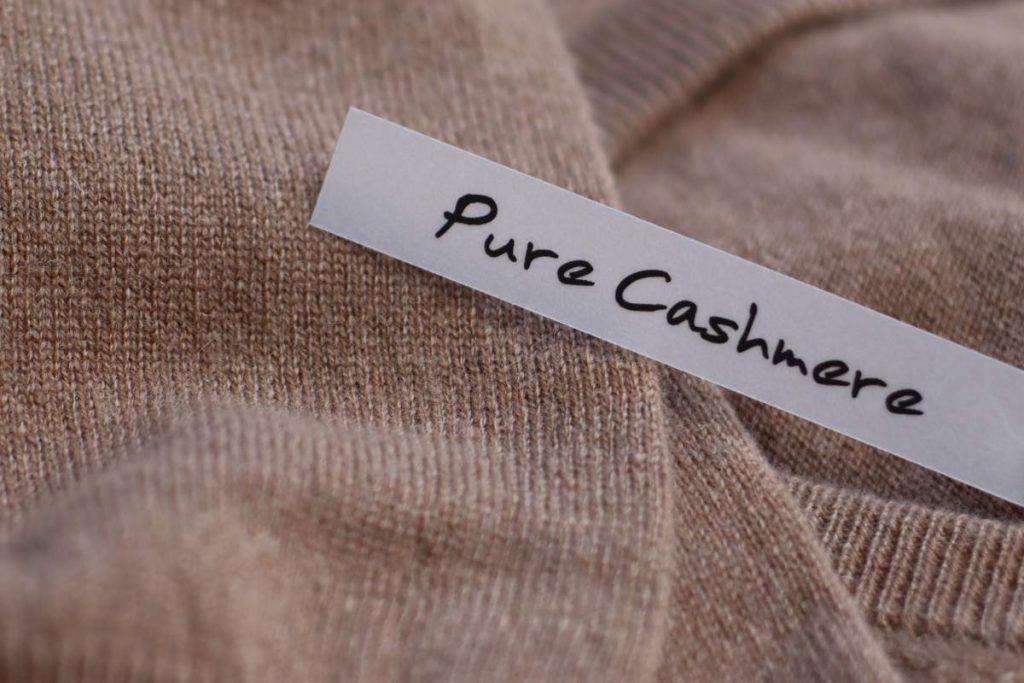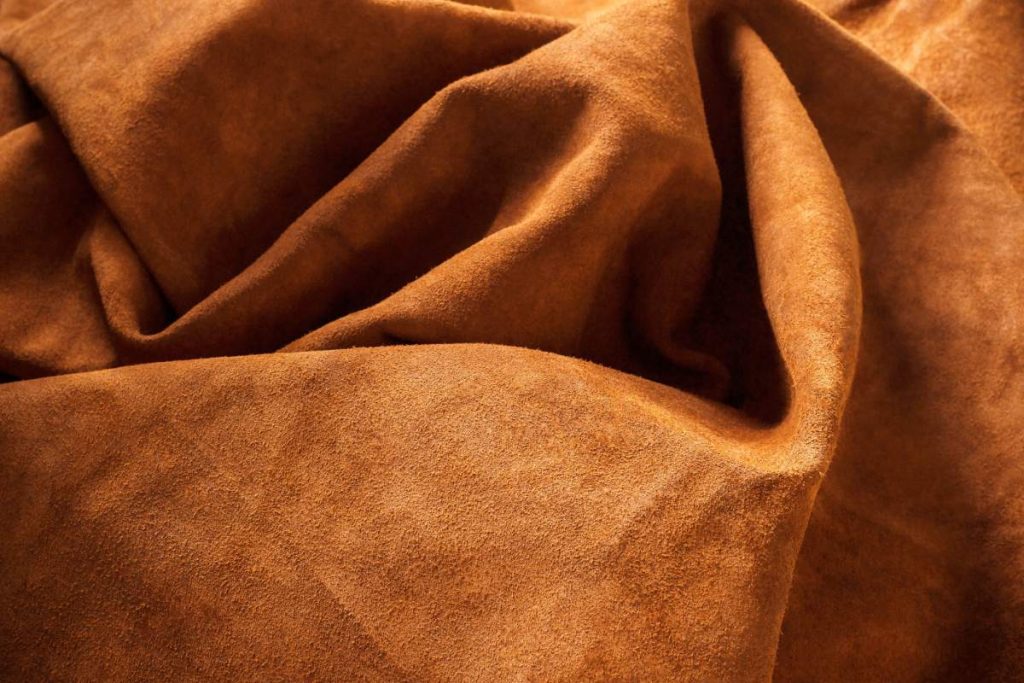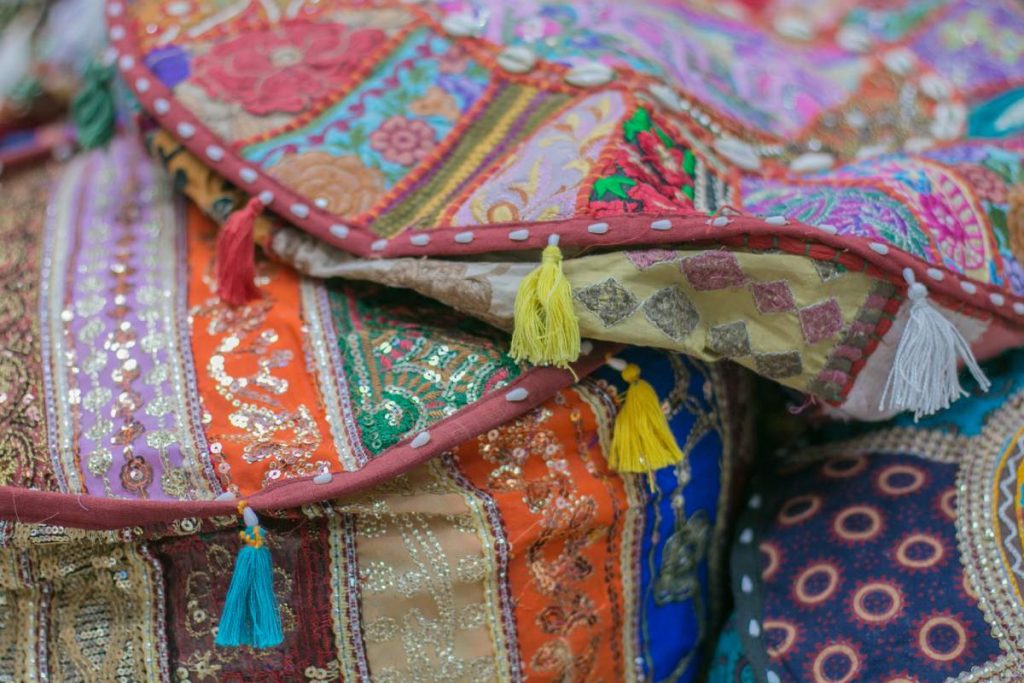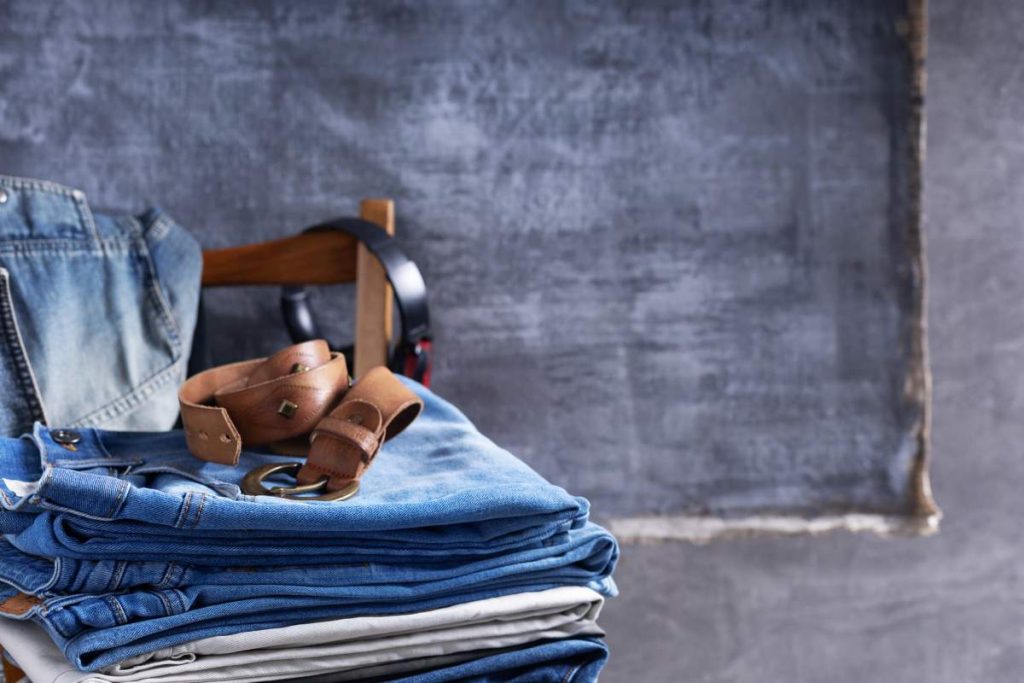Using a dryer is a convenient way to dry clothes, but not all fabrics can withstand the heat and tumbling of a dryer. Certain fabrics can shrink, lose shape, or even become damaged when exposed to high temperatures.
In this article, we will explore the types of fabrics that shouldn’t be used in the dryer and offer some tips on how to properly care for them.
5 Reasons Why the Kitchen is Arguably the Most Important Room in the House
7 Types of Protective Glove and Why They’re Invaluable in the Workplace
Here are 8 Kinds of Fabrics That Shouldn’t Be Used in the Dryer
1. Delicate Fabrics
Delicate fabrics are highly sensitive to the heat and movement inside a dryer. This category includes materials like silk, lace, chiffon, and some synthetic fibres. Here’s why each of these fabrics should be air-dried rather than tossed in the dryer:
- Silk: Silk is a natural fibre that is smooth and soft but can shrink or lose its sheen when exposed to high heat. The dryer can also cause silk to weaken, especially at seams.
- Lace: Lace is fragile and intricate, making it prone to tearing in the rough and tumble of a dryer. The heat can also cause lace to become brittle and lose its shape.
- Chiffon: This lightweight, sheer fabric can become damaged from excessive heat, which may cause it to fray or shrink.
- Rayon and Modal: These semi-synthetic fabrics are made from plant fibres and are known for their soft feel, but they tend to shrink or become misshapen when dried with heat.
To maintain the integrity of these fabrics, it’s best to hand-wash them or use a delicate cycle in your washing machine, then lay them flat or hang them to dry.

2. Wool and Cashmere
Wool and cashmere are luxurious natural fibres commonly found in sweaters, scarves, and hats. While wool has some water-resistant properties, it is highly susceptible to shrinking when exposed to high temperatures, a phenomenon known as “felting.” This is caused by the fibres binding together under heat and agitation, leading to drastic shrinkage and loss of shape.
Cashmere, a finer wool fibre, is even more sensitive to heat and mechanical stress. Putting these materials in a dryer will not only shrink them but can also make them coarse and less soft. It’s recommended to air-dry wool and cashmere by laying them flat on a towel to maintain their shape.
3. Spandex and Lycra
Fabrics with high elasticity, such as those containing spandex or Lycra, are commonly found in activewear, swimsuits, and other stretchy garments. These fabrics offer flexibility and comfort, but the dryer can cause them to lose their elasticity and become stiff over time.
The heat can break down the fibres in spandex, resulting in saggy, misshapen clothing that no longer fits properly. For activewear and other stretchy garments, it’s best to hang or lay them flat to dry. This will extend their life and keep them in good condition for longer.

4. Leather and Suede
Leather and suede garments are made from animal hides and require special care. Exposure to heat and tumbling in the dryer can cause the leather to crack, shrink, or become stiff, rendering it unwearable. Suede, which has a soft, napped finish, can become matted and lose its texture when subjected to the dryer.
To properly care for leather and suede, you should clean these items using specific leather or suede cleaners and let them air-dry naturally. Never put leather or suede garments in the dryer, as it will ruin their texture and appearance.
5. Polyester and Nylon
While polyester and nylon are synthetic fabrics known for their durability, they don’t fare well in high temperatures. Heat can cause these materials to melt, warp, or lose their shape. Even if they don’t appear to be visibly damaged after one cycle in the dryer, repeated exposure to heat can weaken the fibres over time, resulting in pilling, shrinking, or a less smooth texture.
It’s a good idea to air-dry polyester and nylon fabrics or use a low-heat setting in the dryer if necessary. Many synthetic fabrics can air-dry quite quickly, so hanging them up right after washing can be an energy-efficient alternative to using a dryer.

6. Sequined or Embellished Fabrics
Clothing with sequins, beads, rhinestones, or other embellishments should never be placed in a dryer. The heat and agitation can cause embellishments to melt, fall off, or snag on other clothing. This can ruin both the garment itself and any other items in the dryer.
To preserve garments with embellishments, it’s best to hand-wash them or use the delicate cycle, then lay them flat or hang them to dry. This will prevent any damage to the decorative elements.
7. Velvet
Velvet is a rich and plush fabric that requires special care to maintain its texture and sheen. Drying velvet in a machine can crush its pile, leaving it flat and dull. Additionally, the heat from the dryer can cause velvet to shrink or distort, making it lose its luxurious appearance.
To maintain the softness and appearance of velvet, it’s best to either air-dry or take it to a professional cleaner. If you must wash velvet at home, lay it flat on a towel and avoid wringing or twisting it.

8. Denim
Denim, while sturdy, can also shrink or lose its shape when exposed to high heat. This is especially true for raw denim, which hasn’t been pre-washed. Over time, frequent drying in the machine can cause jeans to lose their original fit, as well as lead to fading or weakening of the fabric.
To extend the life of your denim clothing, it’s better to air-dry them. If you prefer using the dryer, choose a low heat setting to minimize damage.
How to Avoid Dryer Mishaps
Now that we’ve covered the types of fabrics that shouldn’t be used in a dryer, here are a few general tips to ensure your clothes remain in top condition:
- Always Check the Care Label: The most important step before putting any fabric in the dryer is to check the care label. This will tell you whether the fabric is safe to tumble dry and at what temperature.
- Use Low Heat or Air-Dry Settings: If you’re unsure about a fabric’s ability to withstand the dryer, using a low heat or air-dry setting can minimize the risk of damage.
- Separate Delicate Fabrics: Keep delicate fabrics away from rough materials like denim or towels that can cause abrasion. If you must use the dryer for delicate items, place them in a mesh laundry bag for protection.
- Air-Dry When in Doubt: When you’re unsure whether a fabric should go in the dryer, air-drying is the safest option. Many fabrics can be air-dried without losing their shape or becoming damaged, especially when laid flat or hung up properly.

